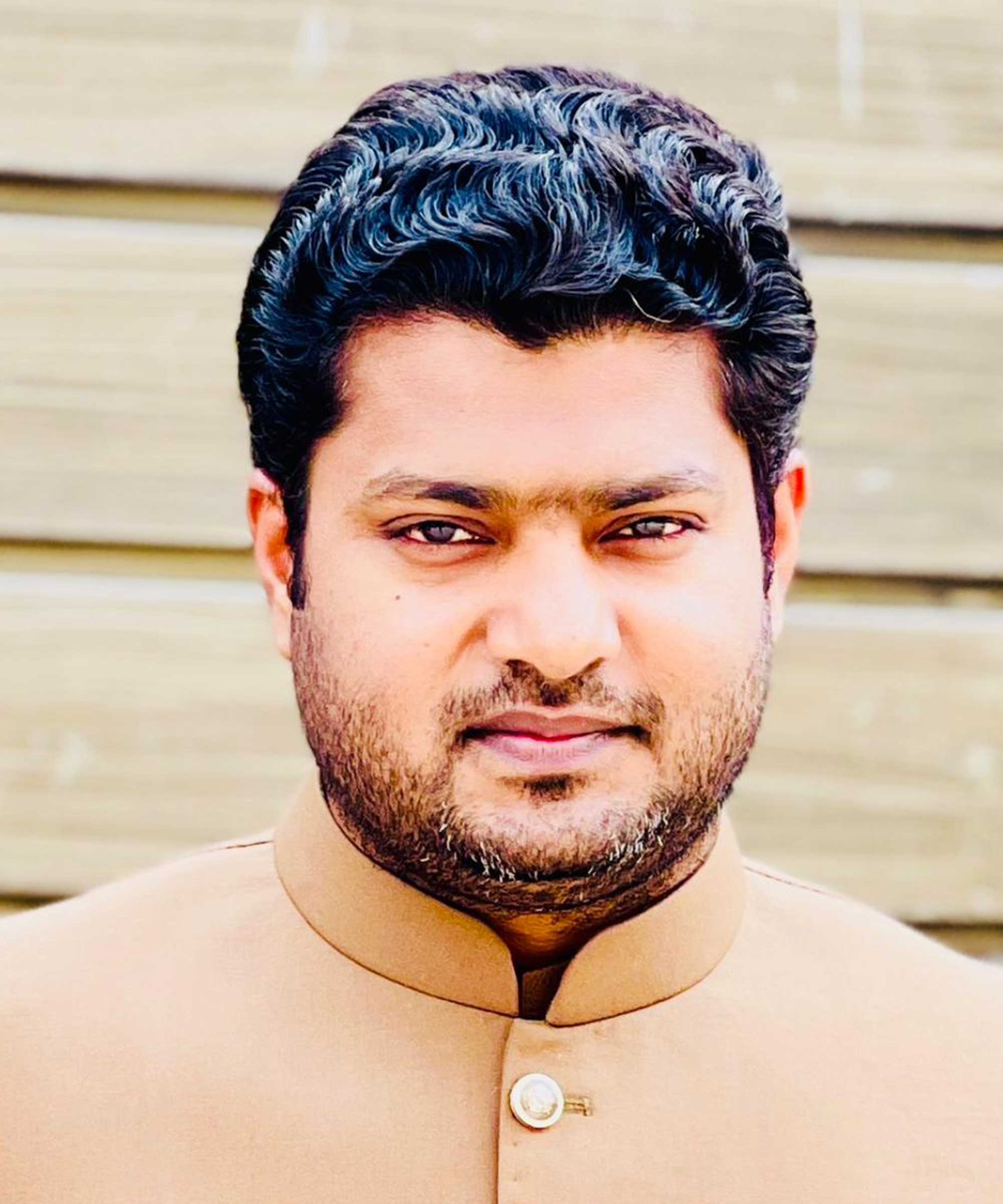Wildlife garden mistakes – 5 errors to avoid when creating a backyard haven for birds, butterflies, and more
Keep visiting wildlife happy and healthy in your outdoor space


From hanging up bird feeders to growing pollinator-friendly plants, there are lots of ways that you can support your local ecosystem right on your back doorstep. But when looking to make your yard more welcoming to birds, bees, and other small creatures, there are a few important things to stay clear of which can do more harm than good.
For instance, putting out too much or the wrong types of food can cause harm to your feathered friends, or an unhealthy dependency. Meanwhile, planting mistakes can cause problems for not only you, but also your neighbors – and even local animals – too, as explained below. So, to ensure you have a successful and safe wildlife garden, bear the following expert-approved tips in mind.

Support pollinators by planting nectar-rich flowers
5 common mistakes to avoid for a wildlife-friendly yard
Up your eco-credentials and turn your yard into a sanctuary by steering clear of these errors.
1. Growing the wrong plants
Plants are essential for any wildlife garden – they provide habitats and food sources for creatures great and small. But there are a few pointers to consider before you start filling your flowerbeds with whatever takes your fancy.
A common mistake people make when creating a wildlife-friendly planting scheme is to unintentionally choose invasive plants. For starters, these can quickly take over your outdoor space, smothering other plants.
But that's not all: Wildlife Biologist Ryan Wilson explains how they can also spread beyond the boundaries of your yard, causing havoc on the local ecosystem. 'For example, I live in Anchorage, Alaska, and people have planted European bird cherry trees in their gardens because they are pretty and provide food to songbirds. But, the tree has spread, uncontrolled, across town and is now impossible to eradicate,' he explains. 'Making matters worse, when moose eat the berries, they can die from cyanide poisoning.
'Thus, it's really important that gardeners don't plant species that will become invasive and that they ensure they're not creating new problems that can make their gardens more harmful to wildlife in their area.'
Design expertise in your inbox – from inspiring decorating ideas and beautiful celebrity homes to practical gardening advice and shopping round-ups.
Instead, research native plants that are suitable for pollinators and other creatures in your area and add these to your space. They should flourish and provide local wildlife with the resources they need to thrive.

Ryan Wilson is a Certified Wildlife Biologist with over 20 years of experience conducting wildlife research, and has published over 50 scientific publications. He also operates a website, offering people information on camping, especially in Alaska where he lives and works.

Choose native plants for your yard
2. Making mistakes with food
'Feeding wildlife inappropriately is also a common mistake,' says Zahid Adnan, Founder of The Plant Bible. 'While it's admirable to want to provide food for wildlife, it's important to do so in a responsible and appropriate manner. Feeding wildlife human food, such as bread or processed snacks, can disrupt their natural diet and lead to nutritional imbalances.' There are also a number of key hummingbird feeder mistakes you'll need to avoid if you want to keep these tiny fliers happy and healthy in your yard.
'It can also habituate wildlife to human presence, leading to dependency and loss of natural foraging behaviors,' says Zahid. Itamar Ben Dor from the Green Life blog says to avoid using bird feeders excessively and recommends adding natural food sources to your yard, too. These can include growing nectar-rich plants for pollinators as well as plants for birds.
Perky-Pet Antique Glass Bottle Hummingbird Feeder | $13.33 from Amazon
As well as planting plenty of flowers for hummingbirds, give their food supply a boost with one of these gorgeous glass feeders.

Zahid is a renowned figure in the gardening industry, with extensive experience and hard-earned skills in horticulture. As the Founder and Editor of ThePlantBible.com, he provides top-tier content and professional advice to fellow gardening enthusiasts on a daily basis. In addition to his work, Zahid manages a 10-hectare agricultural land and maintains an exceptional garden in his own backyard.

Shrubs with berries will provide food for birds in winter and fall
3. Using chemicals on your garden
Zahid warns against using pesticides and herbicides in your backyard. 'These chemicals may help control pests and weeds, but they can also harm beneficial insects, birds, and other animals. For example, bees and butterflies, which are important pollinators, can be killed by exposure to these chemicals.
'As a wildlife-friendly gardener, it's crucial to avoid using harmful chemicals and instead opt for natural and organic methods of pest control, such as companion planting, physical barriers, and beneficial insects,' he says.
Harmful chemicals can also include fertilizers. 'While it may seem like a good idea to use fertilizer to help your plants grow, using too much can actually harm wildlife,' notes Miguel Palma, Chief Gardener and Editor of JardinTienda.
'Fertilizer runoff can pollute nearby bodies of water and harm aquatic wildlife. Try using natural fertilizers or compost instead.'
FCMP Outdoor 2-Tray Worm Composter | $73.14 from Amazon
Available in four colorways, this compact worm composter is perfect for turning kitchen scraps into a valuable garden resource.

There are various natural fertilizers that can be made at home
4. Keeping your yard too neat
While a spot of backyard cleaning can make our outdoor spaces look their best, if you want to attract wildlife, avoid overzealous pruning and tidying.
'Many wildlife species, such as bees, butterflies, and birds, rely on leaf litter, dead wood, and other natural debris for shelter and nesting materials,' says Zahid. 'By excessively pruning or removing these natural elements, we can disrupt their habitats and make it harder for them to survive.
'It's important to embrace a more relaxed approach to gardening, allowing some areas of the garden to remain wild and untouched to provide refuge and habitat for wildlife,' he says. This goes for your lawn, too – why not leave an area to its own devices rather than mowing it, or replace it with meadow flowers?

Watch out for nesting birds and other wildlife when pruning trees and shrubs
5. Disturbing your wildlife visitors
While it's exciting to spot wildlife in your yard, resist the temptation to get too close. 'Excessive disturbance can disrupt their natural behavior and cause stress,' explains Itamar. 'Try to observe from a distance or use binoculars to get a closer look.' Hanging bird feeders in view of a patio or kitchen window can allow you to enjoy the show from afar.
'If you're making major changes to your garden, make sure to avoid disturbing natural habitats like trees, shrubs, or rock piles,' adds Miguel 'These areas can provide important habitat for wildlife like birds and small mammals.'
Welcoming wildlife is rewarding and beneficial for our environment, just ensure you follow the guidelines above for the best success.
And, if you want to go a step further to create an eco-friendly space, give permaculture gardening a go: an organic approach with beautiful, low-maintenance results. Harvesting rainwater is another method to add to the mix to be more sustainable in your yard.

Holly started writing about gardening five years ago, and she is a regular contributor to Homes & Gardens. She has also written many gardening features for Woman & Home and Real Homes, too. She has previous experience as a professional gardener, where she helped to plant and maintain private gardens. Holly has also looked after allotment plots over the years and loves to grow her own flowers and veggies from seed. In her spare time, she enjoys visiting local gardens, botanical drawing, and tending to her ever-growing collection of houseplants.

